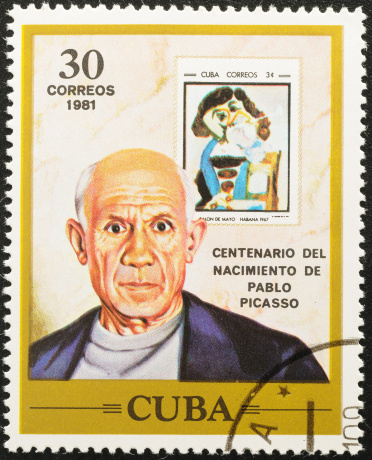Direct Mail Is Alive and Well, Thank You
Marketing fads come and go. Marketers today have a bewildering array of choices never seen before. Consequently, busy business owners don’t always know who to listen to in order to find what is working most effectively right now. Everyone can claim their systems and tools are the secret to a never-ending stream of prospects and customers.
Is Direct Mail Worth Exploring For Your Business?
Have you noticed that many of the Internet companies (like Google, among others) have been increasingly turning to direct mail to advertise their services? The reason is that old school direct mail worked long before the Internet and has been working for smart marketing in businesses all along. It just happened not to be the flavor of the day, thereby not getting much attention.
Now that the furor and publicity surrounding the “free” aspect of social media marketing has settled into the reality that free doesn’t necessarily equal real customers, smart marketers are looking for real campaigns that result in real customers.
Living Together in Harmony
Leveraging one proven marketing channel is great, but taking advantage of two or more is better. As effective as one channel may be, you limit the potential impact when using a single platform. With an integrated marketing strategy, you position yourself to maximize the real potential of your campaign.
The truth is that direct mail can still deliver real results when done correctly. In fact, direct mail works even better when coupled with email marketing and Internet marketing. When coupled with other channels, direct mail has the capacity to be even more targeted, personalized, and effective than when any of these channels are implemented alone.
To make this work and deliver results, it’s very important that the messaging and branding be consistent across all the channels you use. The logo, tag line, messaging, design, and colors used in one campaign should be reinforced across all media to generate stronger results and a more powerful impression. Consistency allows each campaign to feed off the other and deliver a bigger bang for the investment.
This is how big brands are able to leverage the power of multimedia messaging. Today, with the availability of affordable, short-run digital printing, you don’t need a large budget. It’s realistic and available for businesses of all sizes.
An example of a campaign that works extremely well is a new customer campaign. Nothing shows appreciation like a nicely designed, professional-looking direct mail piece delivered to your new customer soon after they become a client. People know that an email costs nothing to send but that a direct mail piece has a real cost.
Now you can follow that up with some informative emails to educate your new customer about how you can help them solve their problems. In the emails and direct mail pieces, ask your new customer to also connect with your brand on social media. Now you can further develop a bond with your new customer by sharing your values and core messages across all media.
Marketing success is about momentum. An integrated, multidimensional campaign, implemented consistently throughout the year, keeps the marketing ball rolling forward. This allows your business to be fresh on prospects’ minds when they’re ready to buy. The more consistent your brand, marketing message, and integrated approach, the better your results will be.
Your customers consume information in different ways. You can’t guess or assume one is better than another. Showing up in the physical mailbox, in their email inbox, and on the web assures that your brand is leaving no stone unturned. Having an integrated marketing strategy assures your business will be seen and heard. If just showing up is half the battle, then implementing this multidimensional approach is your call to action to make yourself ready for new customers on the business battlefield.








